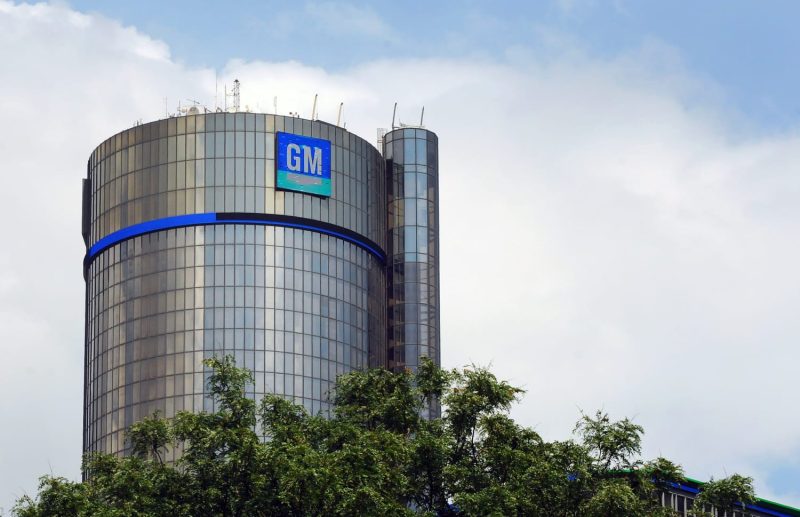GM Lays Off 1,000 Employees Amid Reorganization and Cost Cutting
GM announced a significant move in its ongoing reorganization efforts, as the automotive giant confirmed the layoff of 1,000 employees across various departments. This decision, aimed at streamlining operations and cutting costs, comes amidst a challenging economic landscape and evolving industry trends.
The layoffs, while unfortunate, are part of GM’s broader strategy to adapt to changing market dynamics. With advancements in electric and autonomous vehicles, along with shifts in consumer preferences, traditional automakers like GM are under pressure to innovate and realign their focus. By reducing its workforce, GM aims to increase efficiency, enhance competitiveness, and position itself for long-term sustainability in the industry.
Reorganization is a pivotal step for GM to remain agile and stay ahead in a rapidly evolving market. By restructuring its operations and optimizing resources, GM can streamline decision-making processes, foster innovation, and respond more effectively to market demands. While layoffs are a challenging aspect of this process, they are often necessary to right-size the organization and drive efficiency improvements.
Moreover, cost-cutting measures are essential for GM to navigate economic uncertainties and maintain financial stability. By cutting expenses and optimizing its cost structure, GM can free up resources to invest in critical areas such as research and development, new technologies, and sustainable practices. This strategic approach will help GM weather market fluctuations and emerge stronger in the long run.
It is important to acknowledge the impact of these layoffs on affected employees and their families. GM’s decision underscores the human side of corporate restructuring, and the company must prioritize supporting displaced workers through career transition assistance, counseling services, and other resources. By demonstrating empathy and compassion, GM can minimize the impact of these layoffs and help employees navigate this challenging period.
In conclusion, GM’s decision to lay off 1,000 employees amid reorganization and cost-cutting reflects the company’s commitment to adapting to industry changes, driving efficiency, and ensuring long-term viability. While challenging, these actions are vital for GM to stay competitive, innovate, and thrive in the dynamic automotive landscape. By focusing on restructuring, cost optimization, and supporting affected employees, GM is positioning itself for sustained success in the future.

